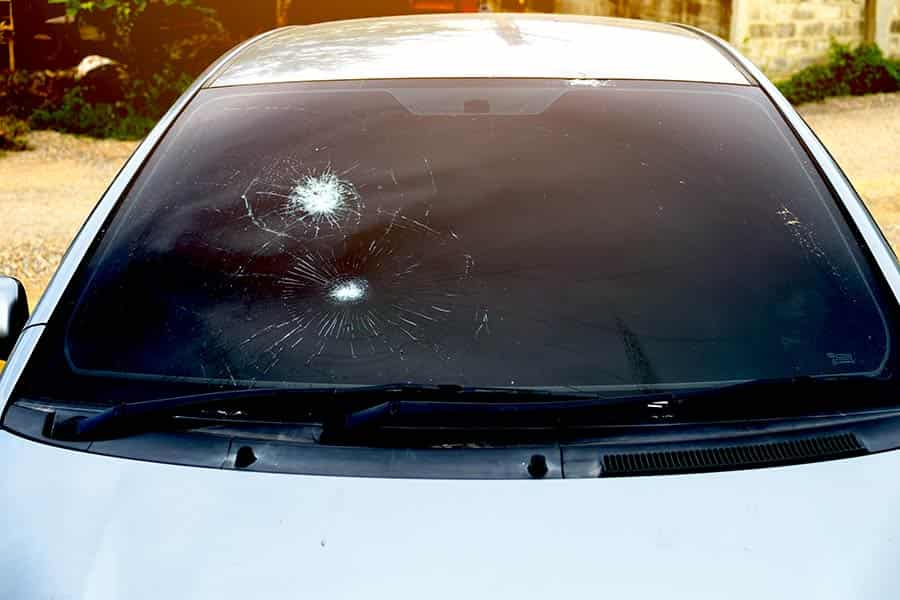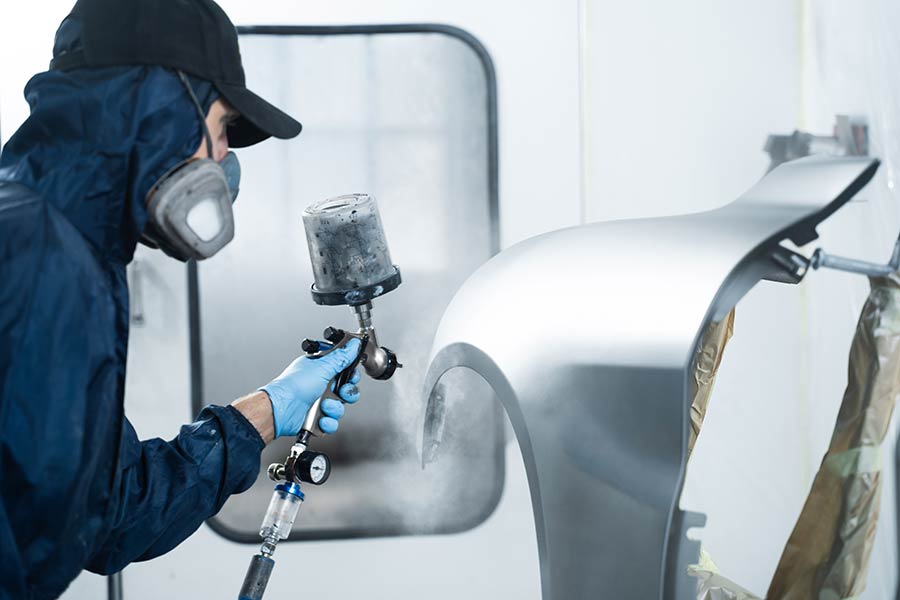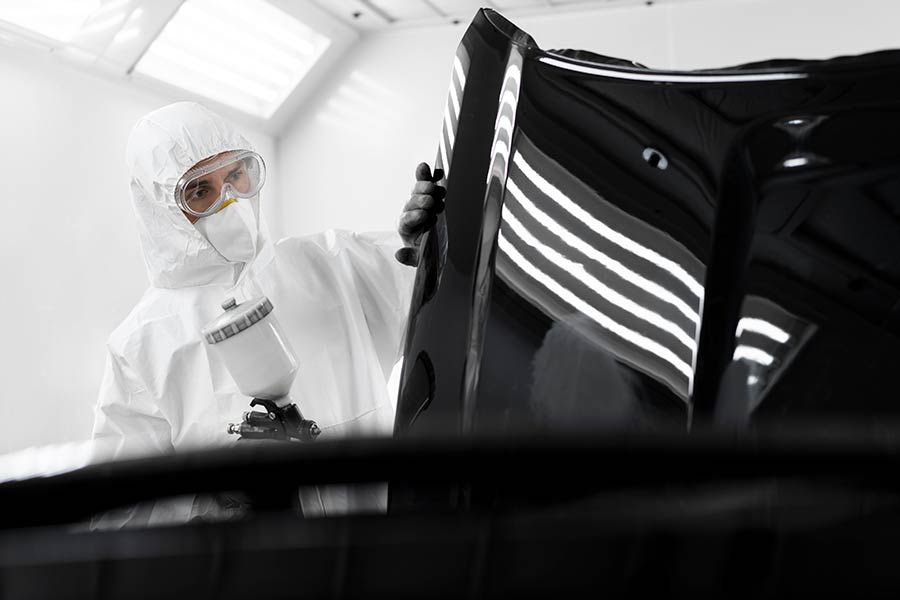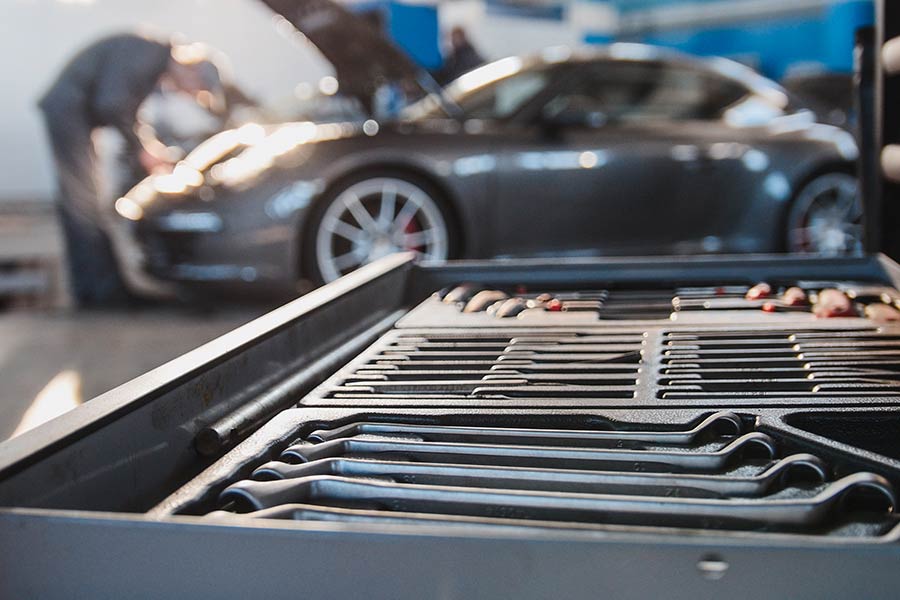Nearly 70% of car owners will face auto glass damage at some point. Yet, the thought of getting it fixed can seem daunting. Auto glass repair doesn't have to be a hassle, though. With the right knowledge and service, getting your car back to its prime condition is easier than you think. This post will guide you through everything you need to know about repairing your auto glass efficiently and effectively with Windsor, Novus, and Caliber. From identifying the damage to choosing the best repair service, we've got you covered. Let's dive into making your auto glass issues a thing of the past.
Key Takeaways
- Knowing the basics of auto glass repair can save you time and money. Look for signs of damage early to avoid bigger problems.
- Small chips or cracks can turn into big issues if ignored. Check your windshield regularly for any damage.
- Understand the causes of windshield damage, like road debris or temperature changes, so you can prevent them when possible.
- Assessing repair needs is crucial. Not all damage requires a full replacement; some can be fixed with a simple repair.
- The repair process is usually quick and cost-effective, especially if caught early. Don't wait until it's too late to fix small issues.
- Delaying repair can lead to safety risks and more expensive repairs down the road. Take action as soon as you notice any damage.
Understanding Auto Glass Repair
Fundamentals Explained
Auto glass repair is crucial for maintaining vehicle safety. The glass in vehicles, including the windshield and windows, plays a key role in protecting passengers. It's not just about fixing cracks or windshield repair; it's about ensuring the car's structure, including the star glass, remains intact during accidents.
Different types of glass, such as laminated and tempered glass, are used in vehicles. Laminated glass is often found in windshields, while tempered glass is used for side and rear windows. These materials, including star glass, help support the vehicle’s integrity and protect passengers by preventing shards from causing injury during an accident.
Repair Methods
The resin injection process is a common method for repairing chips and cracks in auto glass. This technique involves injecting a special resin into the damaged area, which is then cured and polished to restore the glass's clarity and strength.
Professionals use specific tools and techniques to ensure repairs are seamless. Before starting any work, they evaluate the damage to decide on the best approach. This ensures that each repair meets high standards for safety and quality.
Damage Types
Chips, cracks, and shatters are common types of auto glass damage. Each has unique characteristics: a bullseye chip resembles a target, a star break spreads outward like a star, and a combination break includes multiple patterns.
The size and location of the damage play critical roles in determining if repair is possible. Larger or more complex damages may require more comprehensive solutions.
Repair or Replace
Deciding between repair or replacement depends on factors like size, location, and depth of damage. Driving with damaged auto glass poses significant risks to safety.
Repairing auto glass can save both cost and time compared to replacement when feasible. It's essential to address issues promptly to maintain your vehicle's safety features.
Causes of Windshield Damage
Road Debris Hazards
Rocks, gravel, and other debris often hit windshields when driving. These can cause chips or cracks. Maintaining a safe distance from trucks and construction vehicles helps avoid this. They often carry materials that can fall off and hit your windshield.
To minimize the risk, stay back from large vehicles. Also, avoid roads under construction when you can.
Weather Impacts
Extreme temperatures make auto glass more likely to crack. Cold weather can turn a small chip into a big crack quickly. Hail, snow, and ice also threaten windshield integrity. These can leave marks or even break the glass.
For protection, park your car in a garage during bad weather. Use a windshield cover in winter to keep snow and ice away.
Additional Risks
Damaged windshields make it hard to see the road clearly. This increases the chance of accidents. In rollovers, a strong windshield supports the car's roof. If the glass is weak, the roof might cave in easier.
Broken or cracked windshields invite thieves. They see it as an easy entry point into your car.
Evaluating Repair Needs
Repair Indicators
Small chips and minor cracks often signal the need for immediate auto glass repair. These issues can quickly worsen, leading to more significant damage.
Timely repairs are crucial. They prevent damage from spreading. A professional assessment can help determine if a repair is viable. Experts look at the size and location of the damage.
Replacement Indicators
Large cracks or damage in the driver’s line of sight mean the auto glass needs replacing. Ignoring these signs risks safety.
Delayed replacement has serious safety implications. Professionals play a key role in deciding if replacement is necessary. They consider the extent and position of the damage.
Chip Durability
Several factors influence the durability of a repaired chip. These include repair quality and environmental conditions. Despite high-quality repairs, some chips may still be slightly visible.
Professional repair ensures maximum durability. It accounts for factors like temperature changes and stress on the glass.
The Repair Process
Procedure Steps
Auto glass repair begins with thorough cleaning of the damaged area. This step is crucial to remove any debris or dirt. Technicians then apply a special resin into the chip or crack. They use UV light to harden this resin, bonding the glass together.
A clean work environment and proper equipment are vital. These ensure the resin cures correctly, restoring the windshield's integrity. Typically, a professional repair job takes about 30 minutes to an hour.
Time for Replacement
etimes, repair isn't enough. If the damage severely affects the driver's vision or is too extensive, replacement is unavoidable. The replacement process involves selecting high-quality glass and adhesives that match the vehicle's original specifications.
The typical downtime for a vehicle during replacement ranges from a few hours to a full day. This depends on the adhesive curing time and the car model.
Insurance Coverage
Many auto insurance policies cover both repair and replacement of windshields. It's important to review your policy for specific coverages and deductibles.
For a successful claim, document the damage promptly and contact your insurer immediately. Some insurers may require you to use approved repair services.
Risks of Delaying Repair
Dangers Explained
Driving with damaged auto glass compromises your safety. It weakens the vehicle's structure. In an accident, this can lead to increased injuries. The windshield supports the car's roof. If it's damaged, the roof may collapse more easily during a rollover.
There are also legal risks. Many places have laws against driving with cracked windshields if they obstruct your view. You could get fined. This shows how serious the issue is taken by authorities.
Consequences of Neglect
Delaying repair can turn a small chip into a large crack. This not only increases repair costs but may require complete replacement. Ignored damage weakens the glass further. It can shatter unexpectedly, causing accidents or injuries.
Prompt repair is crucial for both safety and cost-saving reasons. Small damages can often be fixed quickly and at a lower cost than full replacements. By addressing issues early, you avoid bigger problems later.
Final Remarks
Auto glass repair is crucial for your safety and your car's integrity. Ignoring a chip or crack can lead to bigger problems, like a full windshield replacement or compromised safety in an accident. We've walked you through understanding damage causes, evaluating repair needs, and the repair process itself. Now, you know not delaying repair is key. This isn't just about fixing a piece of glass; it's about ensuring your ride is safe every time you hit the road.
Don't wait until a small issue becomes a big headache. Reach out to a professional auto glass repair service today. Keep your car in top shape and ensure your safety and that of your passengers. It's simple, smart, and straightforward—just like we promised. Act now and drive with peace of mind.
Frequently Asked Questions
What is auto glass repair?
Auto glass repair is a specialized process to fix minor damage on the windshield or car windows without replacing the entire piece.
What causes windshield damage?
Windshield damage can be caused by road debris, accidents, temperature changes, and stress fractures from the vehicle's frame flexing.
How do I know if my windshield needs repair or replacement?
If the damage is smaller than a dollar bill and not in the driver’s line of sight, it can often be repaired. Larger or more strategically located damage requires replacement.
What does the auto glass repair process involve?
The process typically involves cleaning the damaged area, injecting a resin into the crack or chip, and then polishing to restore clarity and strength.
Are there risks to delaying auto glass repair?
Yes, delaying repair can lead to further cracking, compromising vehicle safety and possibly leading to more costly replacements.
Can I drive immediately after auto glass repair?
In most cases, yes. The resin used in repairs dries quickly, allowing you to drive away shortly after the procedure.
How long does an auto glass repair take?
Most auto glass repairs can be completed in under an hour, making it a convenient service for vehicle owners.
















